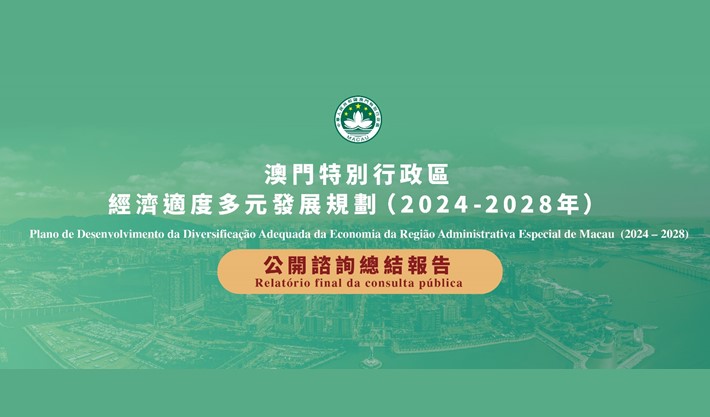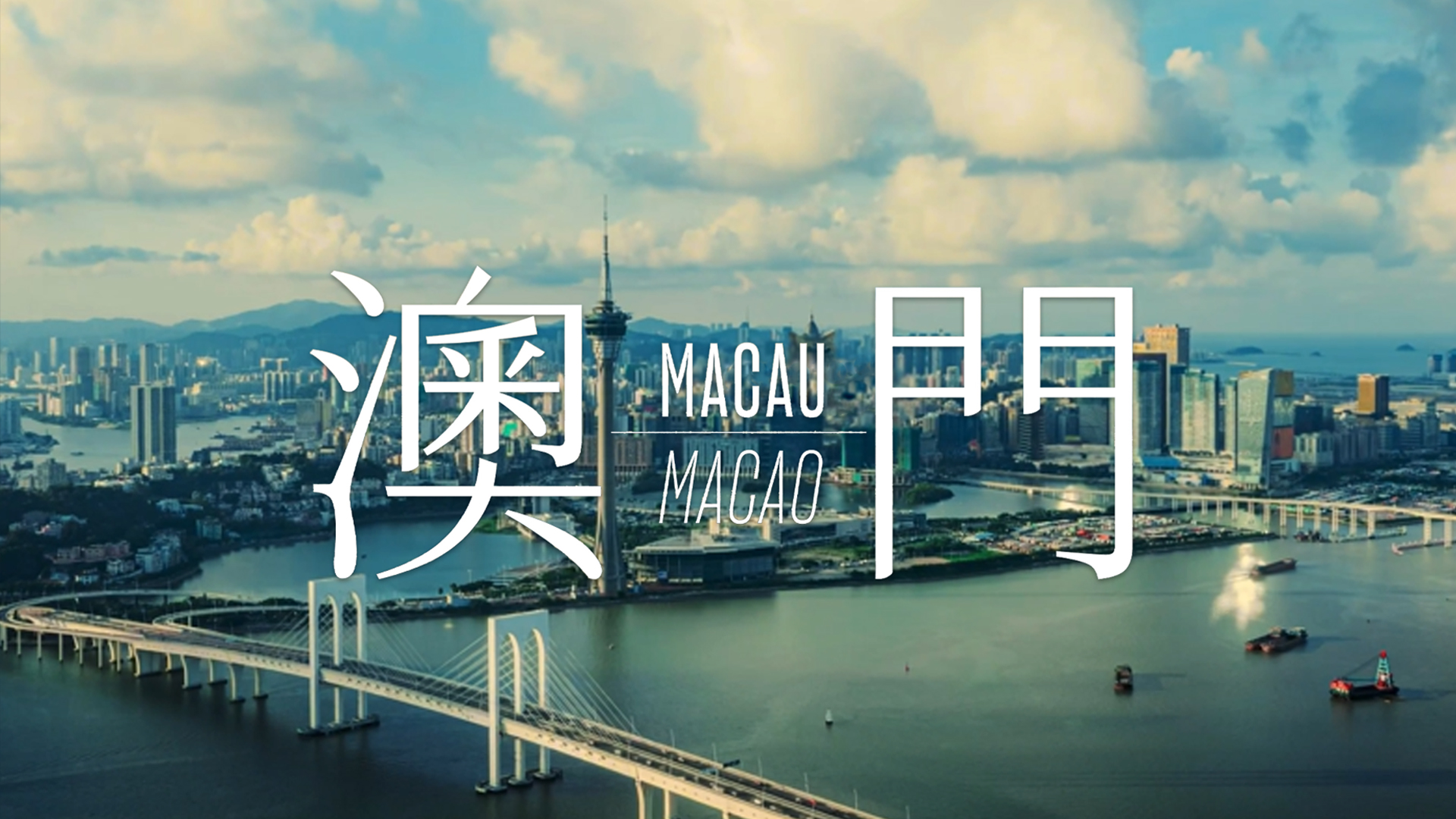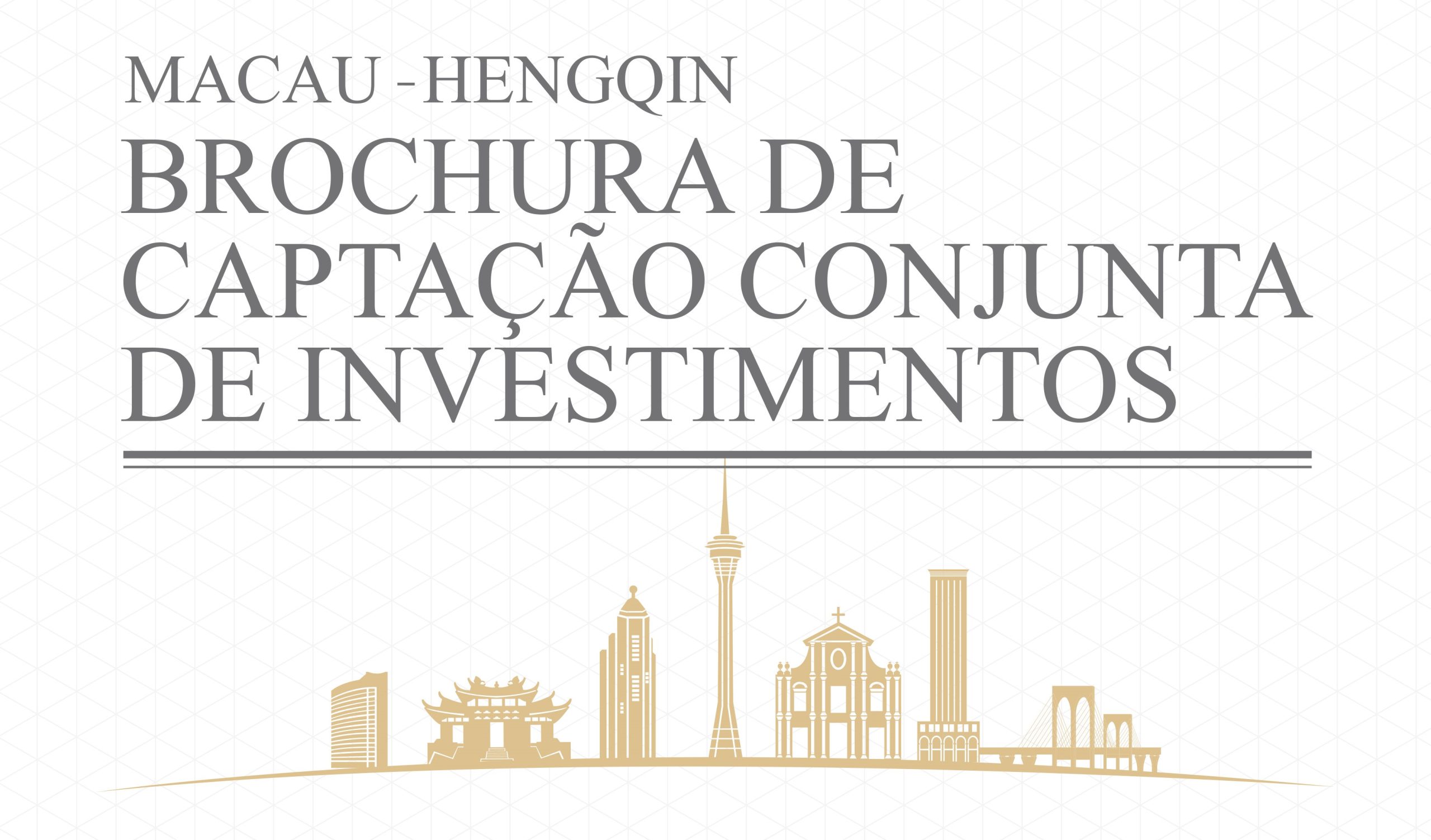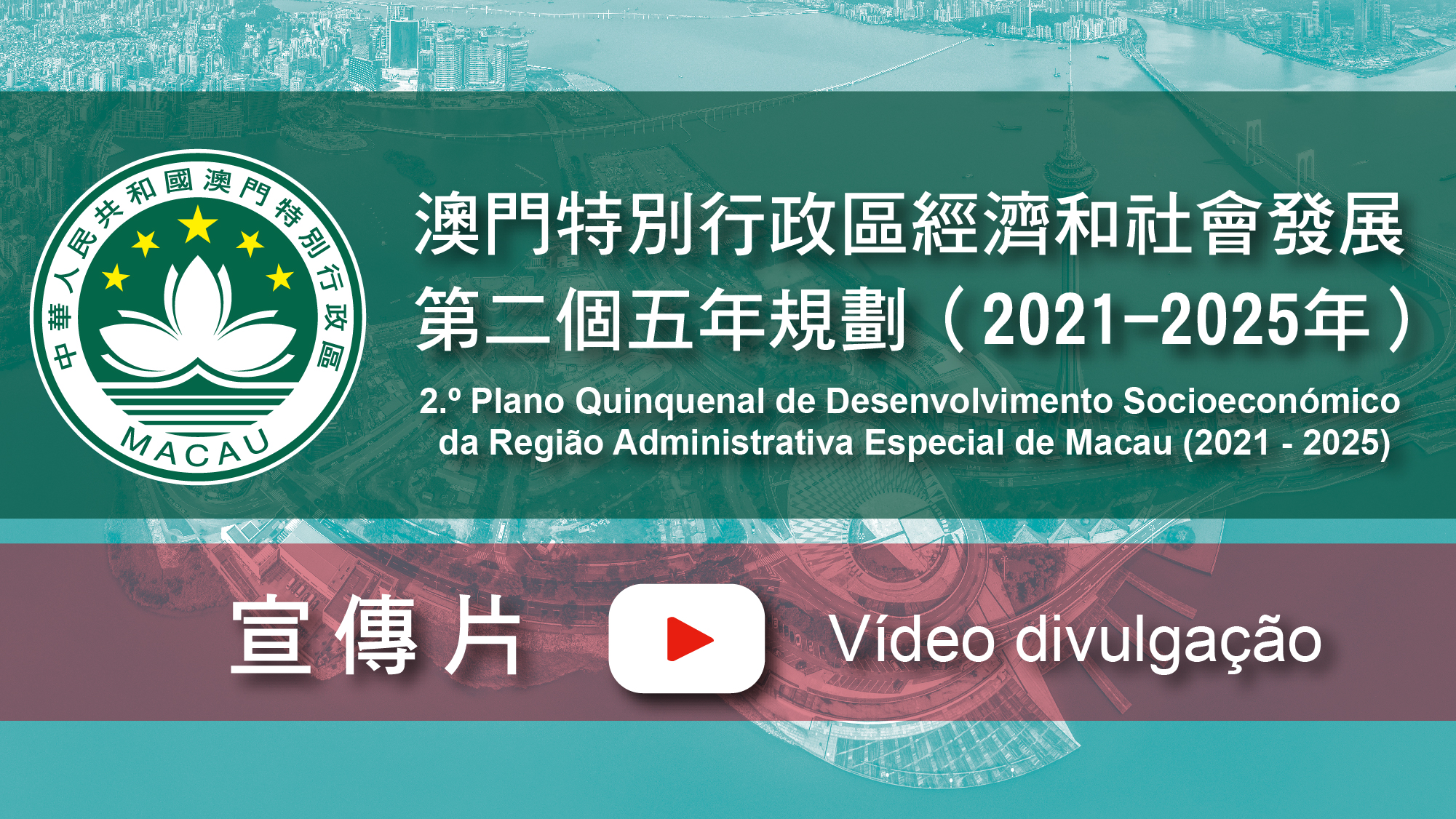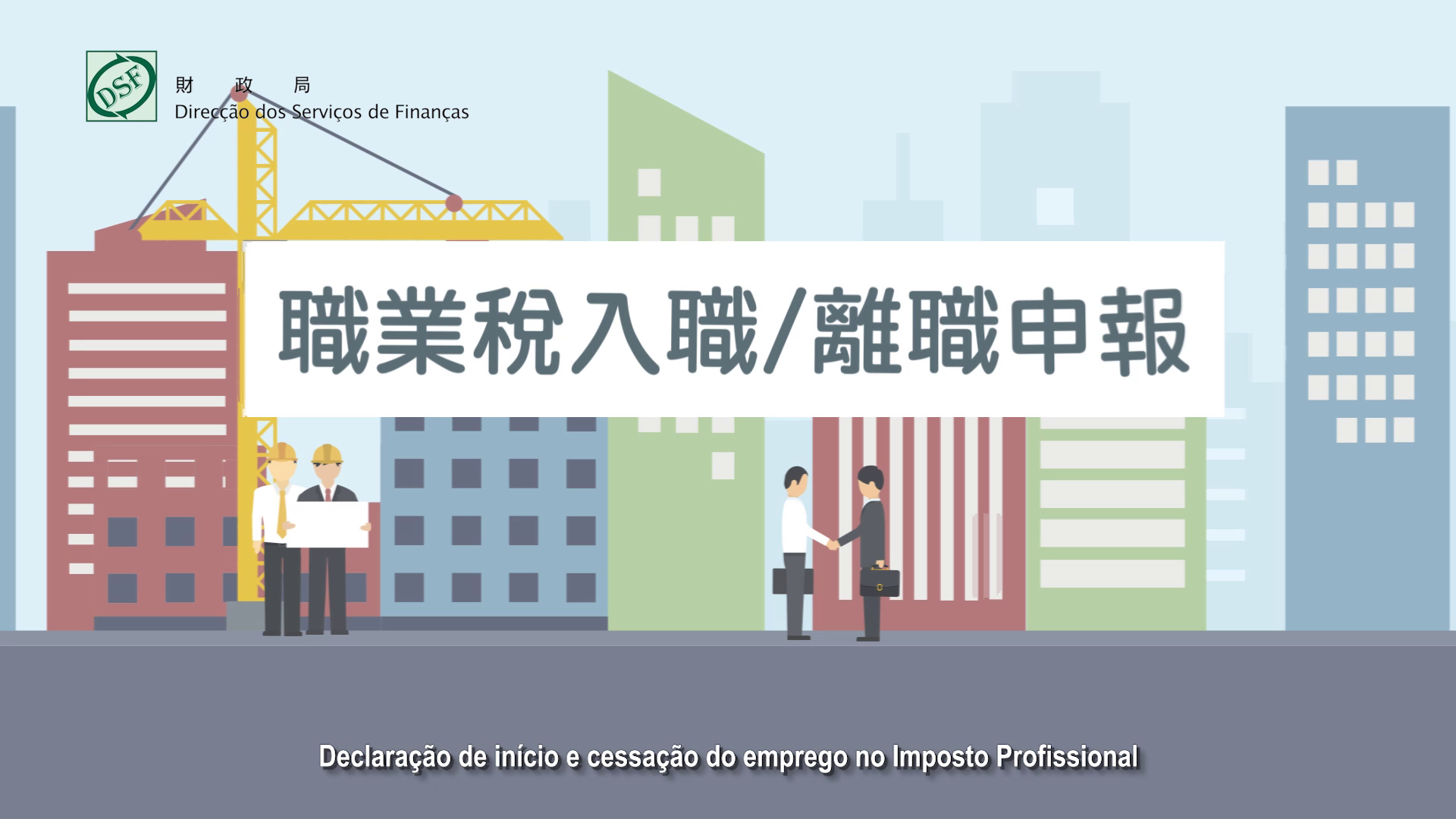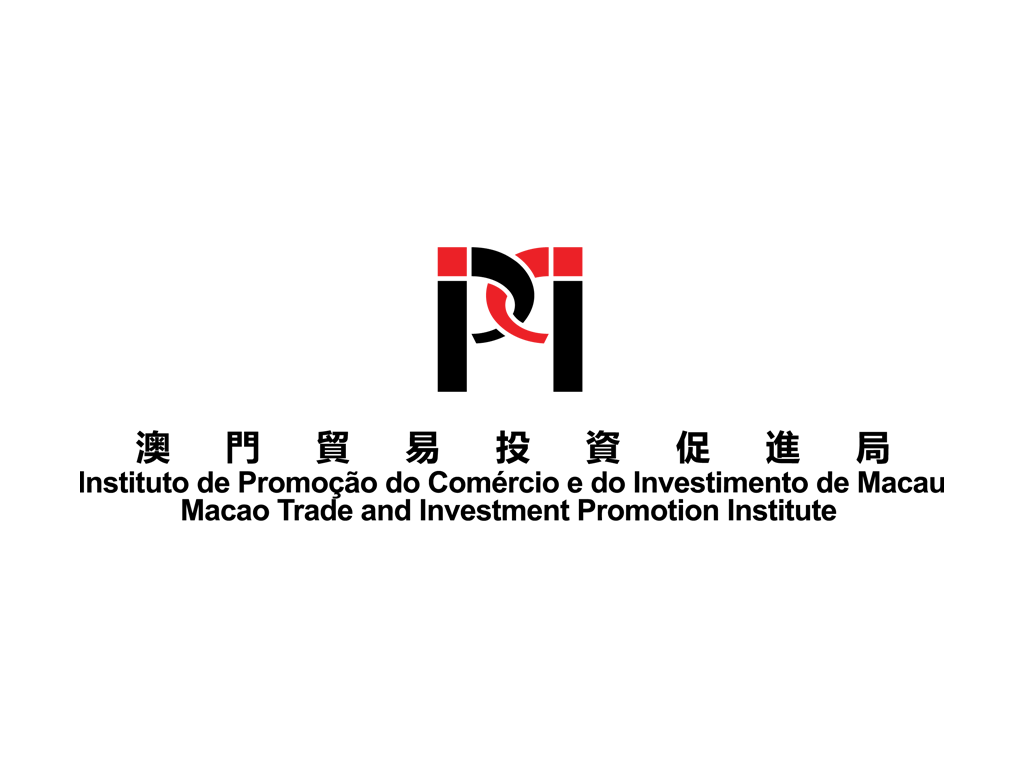Pesquisar
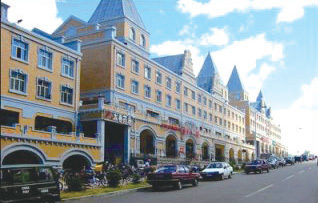 |
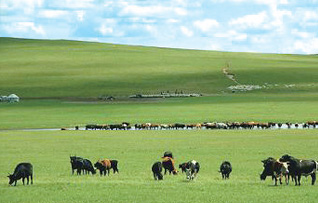 |
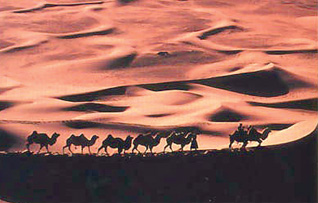 |
|
Manzhouli
|
Gegentala Grassland
|
Badain Jaran Desert
|
Overall Economic Situation
Inner Mongolia Autonomous Region (Inner Mongolia), on the northern border of China, is one of the provinces included in the Western China Development. Inner Mongolia has a total land area of 1.18 million square kilometres, making it about 12.3% of the total land area of China. It is the third largest province in the country with a population of 24.7 million.
Inner Mongolia, abundant in natural resources with fertile land, forest, mineral, grassland and tourism resources, is an important area for natural resources, which is a major reason as to how it can attract investors. More than 130 mineral resources have been discovered in the region which has great potential for development. Among which, a detected mineral reserve of 13 mineral types including rare earth metals, coal, lead, zinc, silver ranking it first in the country. Coalfields are widely distributed in Inner Mongolia from east to west and there are considerable reserves of petroleum and natural gas in the region.
In foreign trade, Inner Mongolia had a total import and export volume of US$8.719 billion in 2010, an increase of 28.7% year on year. Export values amounted US$3.335 billion, showing a 44.0%, and an import value of US$5.384 billion, a growth of 20.8%.
As in the direct use of foreign capital, 71 foreign-investment enterprises won approval to e set up in the region in 2010 with the actual amount of foreign capital of US$3.385 billion, showing a 13% increase. Investment mainly comes from Japan, Hong Kong and Mauritius focused mainly on manufacturing, as well as the production and supply of electricity, gas and water.
Business Opportunities
In 2010, total production value for Inner Mongolia amounted to RMB11,165.5 billion, showing an annual growth of 17.6%, GDP per capita reached US$7,070; regional financial revenues amounted to RMB173.81 billion, an average annual growth of 29.4%. The proportional structure of primary, secondary and tertiary industries is 9.5%: 54.6%: 35.9%. In recent years, the development of priority and specialised industries has been strengthened, and there was rapid growth in strategic emerging industries and non-resource based industries.
High and new technology industry
Baotao city is the largest base of the rare earth metals industry in China. The industry in polysilicon and monosilicon is developing rapidly. Hohhot city has been developing into an industrial area focusing on pharmaceutical fermentation and production, as well as ancillary materials. The city is the largest base for pharmaceutical fermentation industry in the country.
Agricultural and livestock products processing industry
Inner Mongolia is the most important region in China for animal husbandry, with a strong foundation and competitiveness in agricultural and livestock products, processing, dairy products, meat and wool products. various renowned brands have been developed including Yili, MengNiu, Horchin beef and Erdos. In 2010, 3.45 million tonnes of dairy products were produced.
Service Industry
In recent years, Inner Mongolia’s service industry in trade and commercial logistics, transportation, finance and insurance, information services, port services and tourism have been growing rapidly. Over the past five years, there has been a 15% average annual value-added growth for the tertiary industry throughout the region, contributing 70% of the employment rate in cities and towns. Inner Mongolia will actively work on promoting the development of the financial industry,building a framework for an inclusive financial sector, upgrading tourism development levels, and developing a third-party logistics industry as well as setting up a large logistics park based on the strengths in resources and port management for coal, agricultural and livestock products, chemical industry and building materials.
Tourism Industry
In 2010, the annual tourism revenue for Inner Mongolia amounted to RMB73.27 billion, showing an increase of 19.9% year on year. There were 1.428 million incoming tourists, up by 10.7%, inland tourists totalled 44.77 million, showing an increase of 15.4% compared to the previous year.
SOURCE:
INvESTING IN MONGOLIA
http://www.nmginvest.gov.cn
INNER MONGOLIA
http://intonmg.nmg.gov.cn/
BUSINESS INFORMATION IN MONGOLIA
http://im.mofcom.gov.cn/
PEOPLE’S GOvERNMENT OF INNER MONGOLIA AUTONOMOUS REGION
www.nmg.gov.cn



